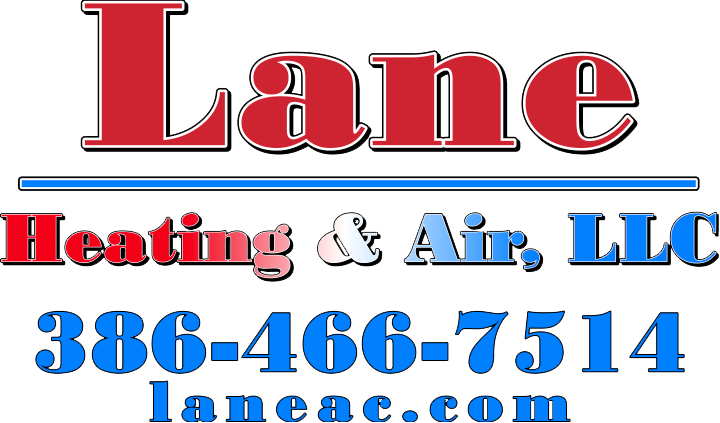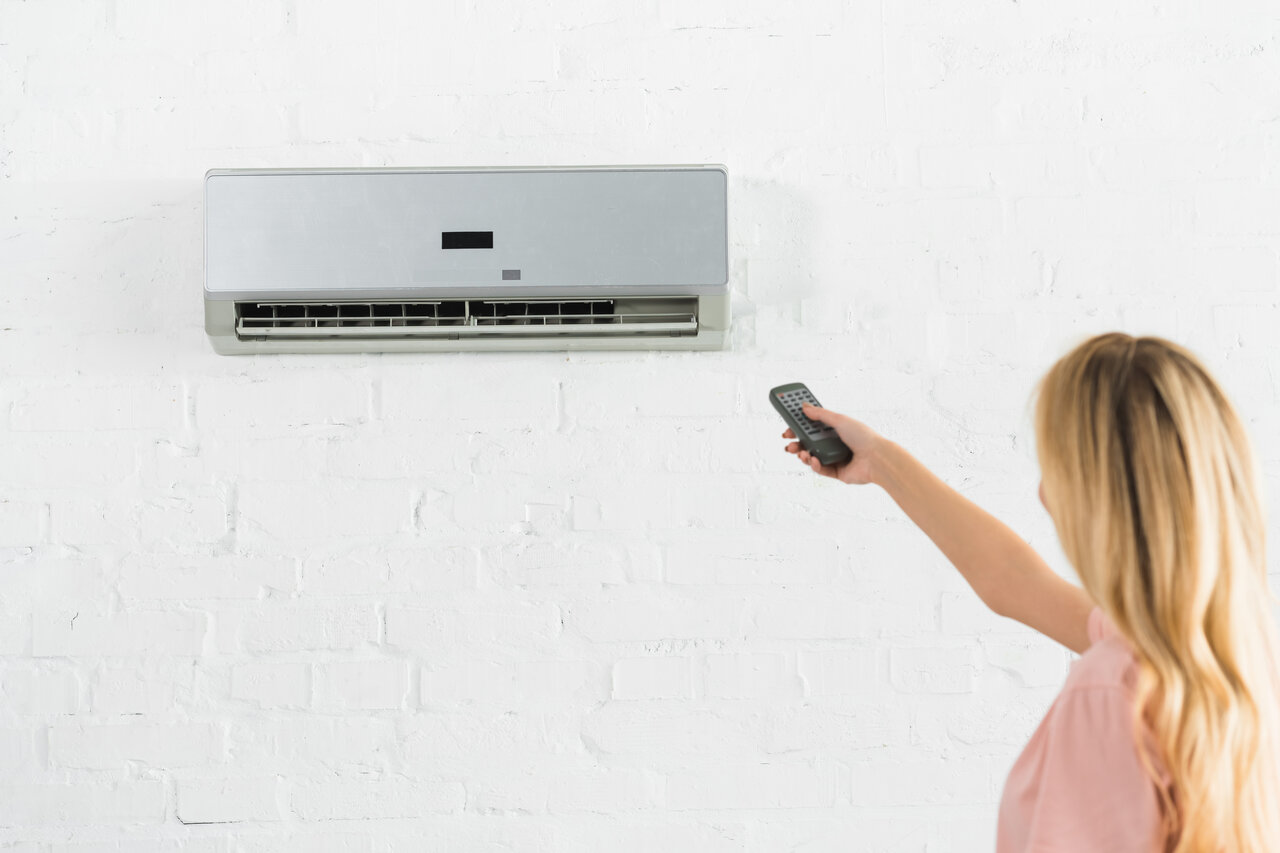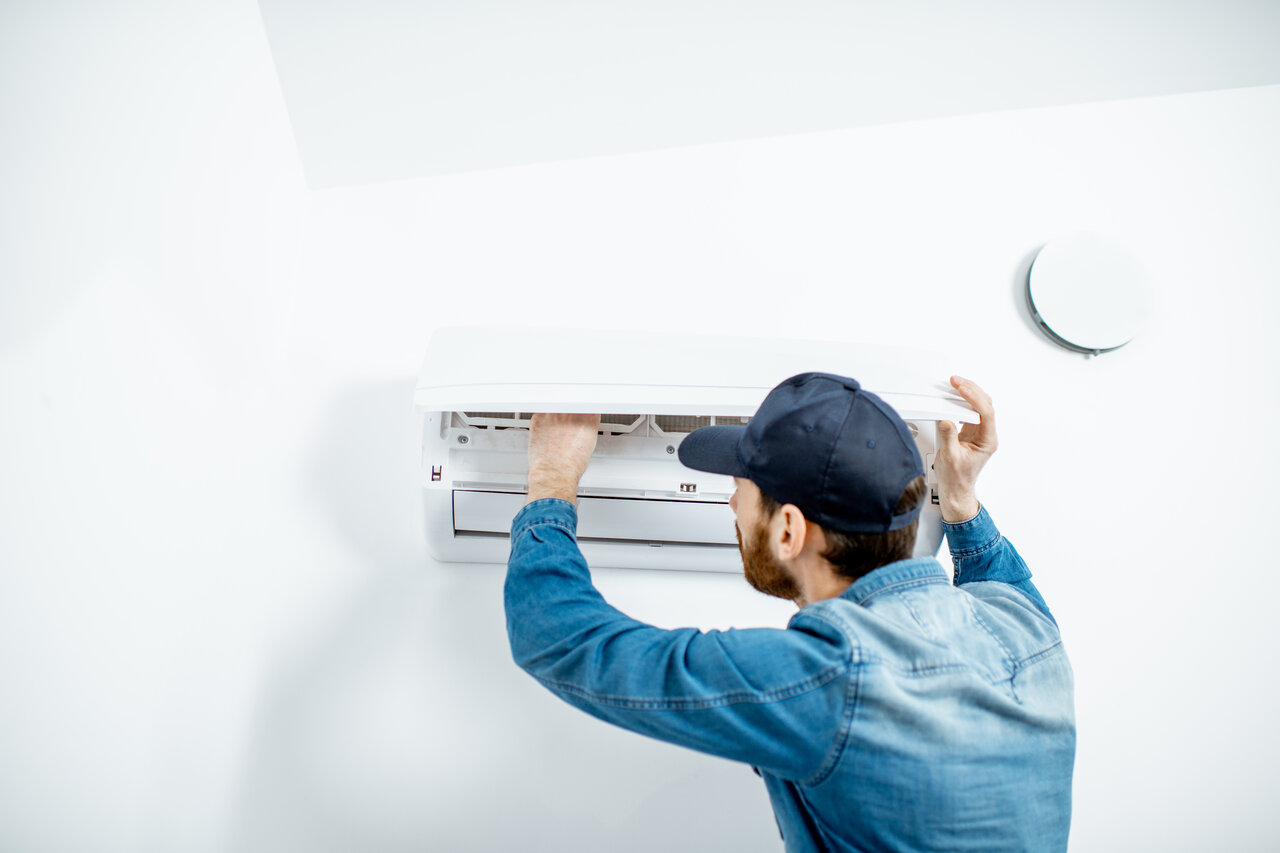Maintaining a comfortable and pleasant environment for your rural property is essential to ensure your family’s well-being and improve overall quality of life. One significant contributor to this comfort is your home’s air conditioning system, which provides respite from sweltering heat during the warmer months. As with any essential household equipment, your air conditioner has a finite life span and will eventually need to be replaced to maintain optimal cooling performance.
However, rural property owners may face unique challenges when it comes to air conditioner replacement, given factors such as increased exposure to the elements, larger property sizes, and potential accessibility issues. Identifying the signs that your air conditioner needs replacement may help simplify the decision-making process and ensure that you’re investing in the most efficient and reliable solution for your property.
Explore the top signs that indicate your rural property’s air conditioner needs replacement, arming you with the knowledge needed to make an informed decision, and partner with our knowledgeable technicians for a seamless and successful replacement process.
Decreased Efficiency and Increased Energy Costs
One telltale sign that your rural property’s air conditioner may need replacement is a noticeable decrease in efficiency, often accompanied by increased energy costs. When your system struggles to maintain the desired temperature or experiences longer cooling cycles, it may be a sign that your air conditioner is nearing the end of its useful life. An older, inefficient system will not only impact your comfort but also result in higher utility bills, making replacement an economically sensible decision.
Frequent Repairs and Breakdowns
Experiencing repeated breakdowns or costly repairs can be another strong indicator that your air conditioner needs replacement. As your system ages, its components are more likely to wear down or become defective, leading to increased maintenance issues. If the repair costs outweigh the investment of a new air conditioning unit, it may be time to consider replacement. A new, more reliable system will save you from the inconvenience and expense of recurrent repair work.
Outdated Technology
Air conditioner technology has advanced significantly over recent years, including improved efficiency, smarter thermostats, and better refrigerants. If your current system is more than a decade old, it’s likely outdated and unable to deliver the energy efficiency and convenience offered by modern systems. Upgrading to a newer air conditioner can provide several benefits, such as better energy management, increased environmental friendliness, and a more consistent and comfortable indoor climate.
Inadequate Cooling Performance
If your air conditioner struggles to maintain a comfortable temperature throughout your rural property or fails to cool certain areas effectively, it may be time to consider a replacement. Inadequate cooling performance can result from various factors, including an improperly sized system or simply the age of your air conditioner. With the help of our professional technicians, you can determine the cause of the issue and decide whether a replacement would be the most beneficial solution for your property.
Selecting the Right Air Conditioner for Rural Properties
When it comes to replacing your rural property’s air conditioner, it’s essential to select the right system to meet your specific needs. Considerations for rural property owners include:
- System Size and Capacity: Ensure the new air conditioner is sized correctly for your property’s square footage and cooling requirements. Proper sizing will optimize efficiency and deliver consistent cooling performance throughout your property.
- Energy Efficiency: Select a system with a high Seasonal Energy Efficiency Ratio (SEER) rating to minimize energy consumption and reduce utility costs. Investing in a more energy-efficient system will benefit your wallet and the environment in the long run.
- Adaptability to Rural Conditions: Consider potential challenges unique to rural properties, such as distance from the main power grid, regional climates, and accessibility for maintenance and repairs. The right system should be adaptable to these specific conditions.
- Expert Installation and Support: Partner with experienced professionals, like our team, to ensure your new air conditioner is installed correctly and receives ongoing, reliable support.
Conclusion
Recognizing the signs that your rural property’s air conditioner needs replacement can save you from the stress and expenses associated with an underperforming or failing system. By evaluating factors such as the efficiency, repair frequency, technology, and cooling performance of your current system, you can make an informed decision about its replacement.
Our expert technicians at Lane Heating And Air are dedicated to providing efficient, reliable, and customized AC replacement in Lake City. Trust us to guide you in selecting and installing the perfect air conditioning system for your needs, ensuring long-lasting comfort and satisfaction for your family and property!




